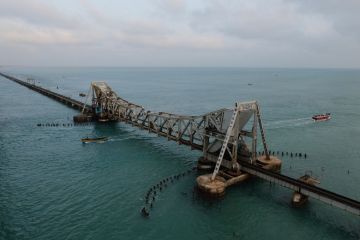
You can’t un-feel it or un-think it; you certainly can’t un-live it. The special report on “Global Warming of 1.5 degrees C,” from the Intergovernmental Panel on Climate Change (IPCC), released on October 8 in South Korea, issued probably the final warning for the world in stark terms: Human activity has caused one 1.1C of global warming above pre-industrial levels. It is likely to reach 1.5C between 2030 and 2052, if greenhouse gas emissions continue as at present.At present, “Wa





